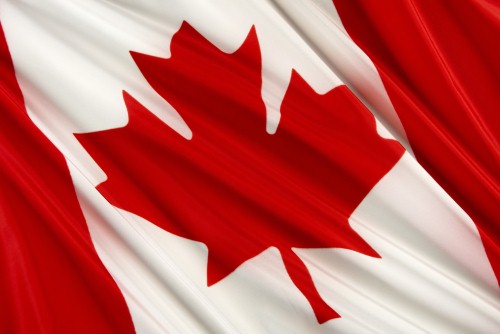The Canadian government, like most other ruling national bodies, has always made efforts to publicize its programs and initiatives. However, some Canadian departments are much more focused on public relations and awareness than others and have gained more visibility through promotional products. That’s because their focus is raising interest for safety’s sake, according to The Times Colonist, meaning the organization has to make a concerted effort to find out what consumers want and how to get it to them.
Promoting awareness
The Colonist reported that the Department of Defense (DND) is responsible for dedicating a huge chunk of its revenue every year to promotional giveaways. These items include hockey pucks, wristbands, shirts and other items totalling more than $300,000 per year. Promotional products are distributed at hockey games, public rallies and similar events meant to raise awareness of federal programs.
For those who think that might only consistent of boosting patriotism, funds earned at these events are also used for public outreach and supporting troops deployed overseas. It’s a matter of making people aware that these initiatives exist, and the Colonist points out that these promo items serve that purpose well.
The Department has even organized a special team to deploy these giveaways, so to speak, and gain public notoriety for distributing freebies. Basically, when people see the DND’s Team Canada, they know government-funded, high-quality promotional items are somewhere nearby.
Learning the brand
What businesses everywhere need to get from this example is how much of a successful brand the Department of Defense has created. Canadians don’t immediately associate these promo calendars, custom coffee mugs and other items with the national government, but they know the brand as something similar. Team Canada itself is intellectual property and a possession of the DND, meaning those with knowledge of the infectious name are aware in some capacity of the entity it represents.
Private organizations can replicate this success by using targeted, persistent promotions as well. There’s no need to spend on the same level as the Canadian government, either, when purchasing sensibly and with the right audience in mind. A review of promotional purchases by the State of Missouri found that one-third of all items bought were no good for the market, didn’t match consumer expectations or were never given away. Some items simply weren’t cost-effective, the internal audit revealed. For instance, expensive shirts and name-brand shorts were purchased instead of far more effective promotional calendars at one point by the state.
“Promotional items are to be purchased to promote an agency activity,” the report read. It went on to state that it would be more appropriate to limit cost-per-item and focus more on a broad range of consumers to enhance promotional giveaway relevance.
Work with what you have
Instead of trying to warp the market, as the Missouri report pointed out, it’s better for businesses to try and give people what they want. Not only are they more likely to take promos in that event, they’re also more likely to keep and display them.
The Colonist reported the DND was actually able to save money on its Team Canada initiative last year due to an existing cache of promotional products making it unnecessary to buy new materials. Since the products in its inventory had already been proven to work, there was no need to order more of the same, the article revealed.
Companies should be mindful of supply and demand for promos, just as they are when it comes to distribution of products and services. Using a sales and marketing mindset toward regular distribution, as well as advertising, can make a promotional campaign that much more successful, as evidenced by both the State of Missouri and Canada’s DND.

